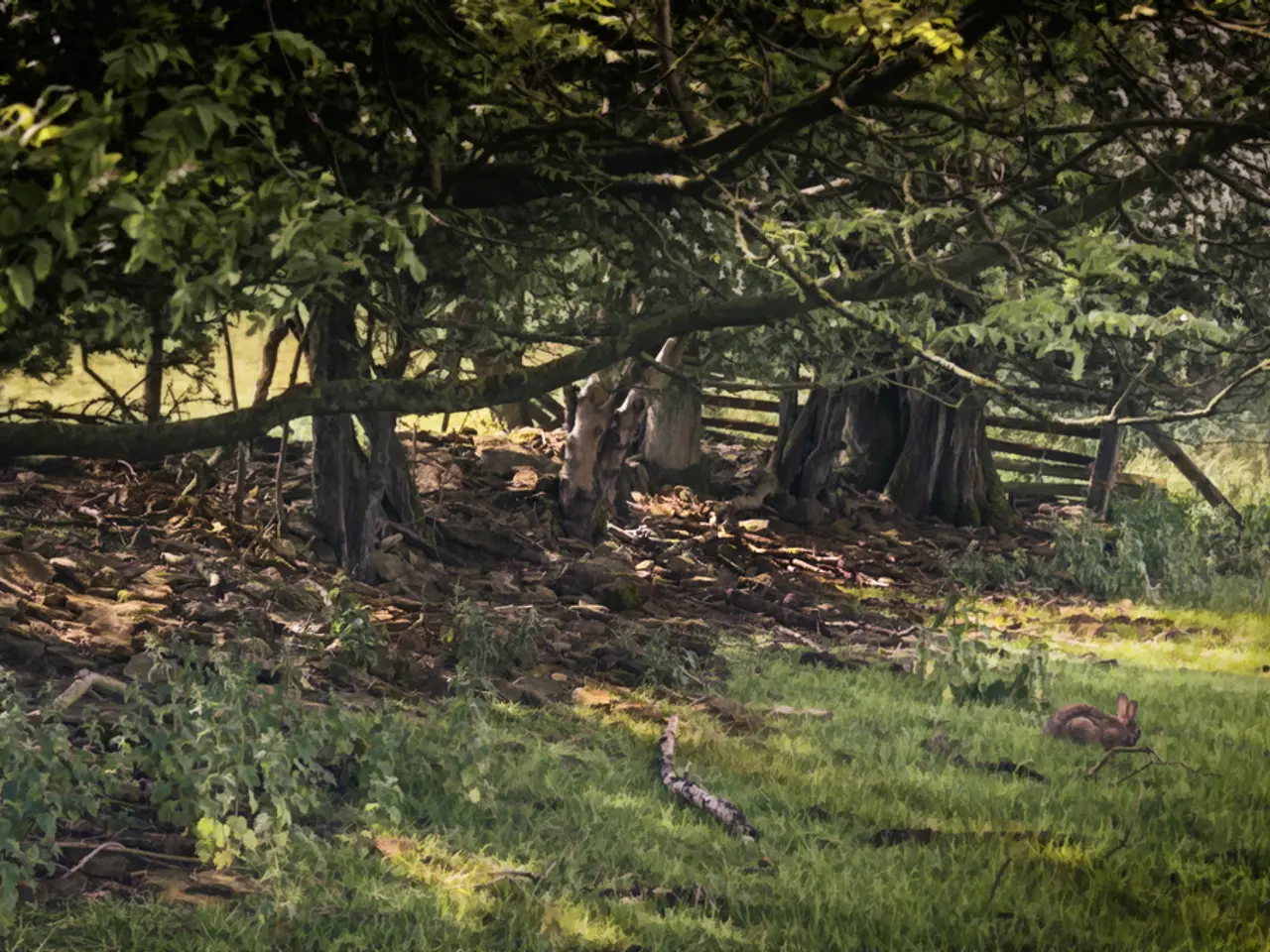Cleaning the yard later could protect pollinators this year
In an effort to help our pollinator friends, such as bees and butterflies, thrive, we've compiled a list of practical tips from the 2022 USDA Annual Pollinator Report.
Plant Native Nectar and Host Plants
By planting a variety of native flowering plants from early spring to late fall, you can provide nectar for pollinators throughout the growing season. These plants not only serve as food sources but also breeding habitats, ensuring a habitat that supports their entire life cycle.
Avoid Pesticides
To keep our pollinators safe, it's essential to avoid the use of broad-spectrum insecticides. These pesticides can harm pollinators directly or reduce their food sources. Instead, consider using natural pest control methods like companion planting and introducing beneficial insects such as ladybugs.
Maintain Diverse Floral Resources
To ensure pollinators have access to food at different times, it's important to maintain diverse floral resources available throughout the growing season. This includes early and late blooming plants.
Incorporate Wildflower Strips or Habitat Patches
Incorporating wildflower strips or habitat patches can increase natural area percentages, promoting wild bee populations.
Allow Certain Native "Weedy" Plants to Grow
Allowing certain native "weedy" plants like dandelions to grow can provide early nectar and pollen resources important for pollinators and the wider ecosystem.
Delay Spring Garden Cleanup
Delaying spring garden cleanup can help protect local pollinators by preserving their habitats, such as hollow stems, dried leaves, and piles of sticks. These provide shelter and protection against sudden frosts and chilly nights.
Wait for the Right Time to Plant
If it's warm enough to plant tomatoes outside (overnight temps above 50°F), pollinators are likely safe. Starting other spring projects before garden cleanup can help prepare for planting season.
Leave Some Areas of the Garden Bare
Leaving some areas of the garden bare can provide shelter for pollinators. This simple act can make a significant difference in their survival.
Embrace the Balance in the Ecosystem
By supporting pollinators through small actions like delayed garden cleanup and planting pollinator-friendly plants, we can ensure their survival and the continued enjoyment of gardens.
It's important to note that almost half of the world's pollinator species, including bees and butterflies, are at risk of extinction. By taking these steps, we can help protect these vital creatures and contribute to a healthier ecosystem.
Lastly, helping pollinators while maintaining a beautiful garden is achievable. Bonnie Ferrero, an avid gardener with interests in hiking, cooking, and home decorating, is a testament to this. By incorporating these practices into her gardening routine, she's not only created a thriving garden but also contributed to the survival of local pollinators.
Sources: [1] USDA's 2022 Annual Pollinator Report [2] [4] [5] Various studies on pollinator-friendly gardening practices
- By decorating our gardens with native flowering plants from early spring to late fall, we can offer nectar for pollinators and create a habitat that supports their entire life cycle.
- To promote healthy pollinator populations, it's crucial to avoid using broad-spectrum insecticides and instead opt for natural pest control methods.
- Maintaining a diverse range of floral resources available throughout the growing season ensures that pollinators have access to food at different times.
- Incorporating wildflower strips or habitat patches in our gardens can help increase the percentage of natural areas, benefiting wild bee populations.
- Permitting certain native "weedy" plants like dandelions to grow can provide early nectar and pollen resources for pollinators and the wider ecosystem.
- Delaying spring garden cleanup helps protect local pollinators by preserving habitats that offer shelter and protection from cold weather.
- By embracing the balance in the ecosystem, we can contribute to a healthier environment and sustainably enjoy beautiful gardens, as demonstrated by avid gardener Bonnie Ferrero, who hasn't only created a thriving garden but also contributes to the survival of local pollinators through practices such as delaying garden cleanup and planting pollinator-friendly plants.




